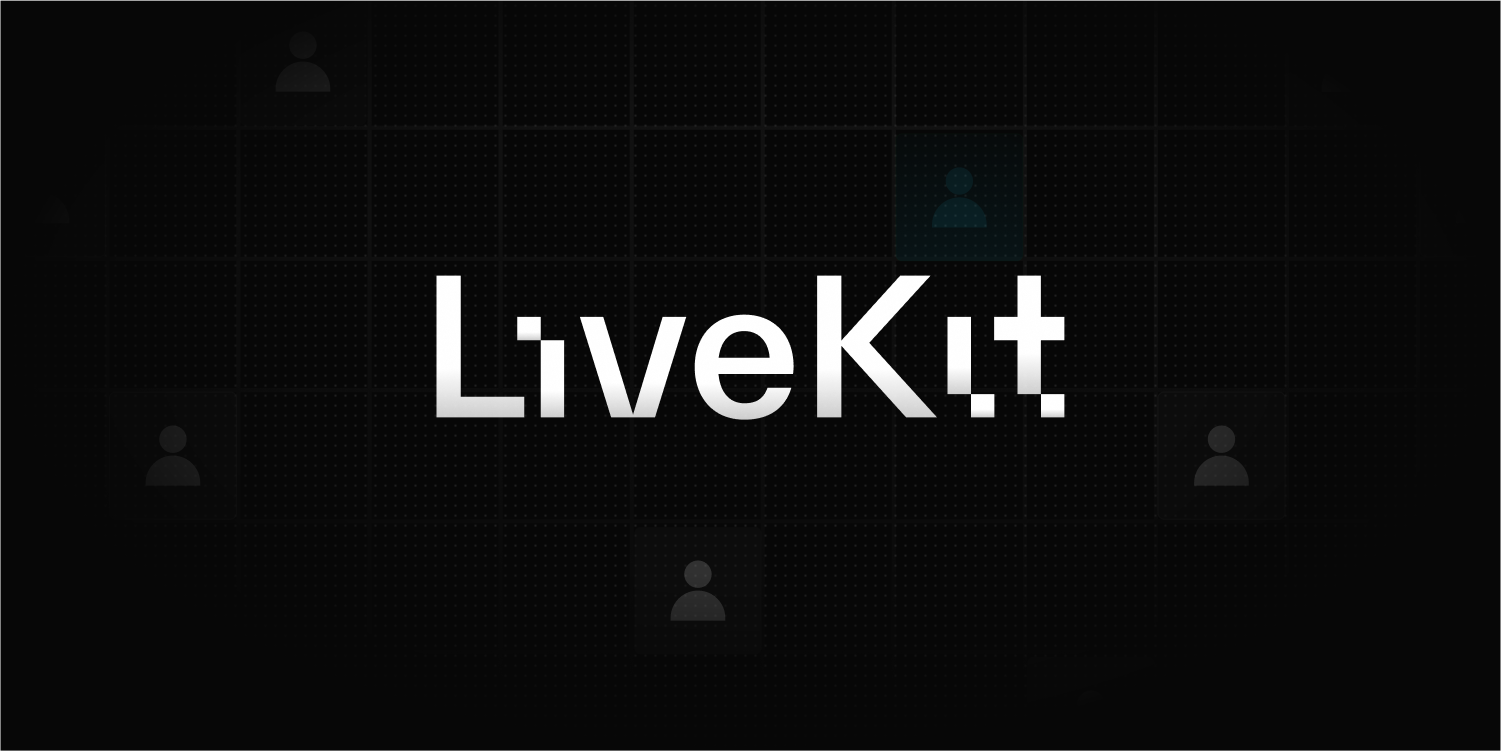WebRTC and Open Application Model (OAM) are two powerful technologies that are transforming the way developers build and deploy applications. Together, they offer a powerful solution for building real-time communication applications that can be easily deployed and managed in a Kubernetes environment.
PermalinkBut what is WebRTC?
WebRTC (Web Real-Time Communications) is an open-source project that enables real-time communication between web browsers and mobile applications. It allows developers to build applications that can stream audio and video, share files, and conduct peer-to-peer communication without the need for third-party plugins or software. With WebRTC, developers can create real-time communication applications that are fast, secure, and reliable.

PermalinkWait can you explain what OAM is?
Would love to! 🤗
Open Application Model (OAM) is a specification that defines a model for building cloud-native applications. It provides a common way to describe and package applications, making it easier for developers to build and deploy applications in a Kubernetes environment. OAM separates the application's description from the underlying infrastructure, making it possible to run the same application on different cloud platforms without modification.
Together, WebRTC and OAM offer a powerful solution for building real-time communication applications that can be easily deployed and managed in a Kubernetes environment. Let's look at an example of how these technologies can be used together to build a real-time chat application.
PermalinkAn example, please!
Absolutely! Let's take the example of Livekit! 😉

LiveKit is an open-source platform for building real-time video and audio applications. It provides a set of APIs and SDKs that enable developers to build high-quality real-time communication applications that can be easily deployed in a Kubernetes environment.
Let's take a look at an example of how LiveKit can be used with OAM to build a real-time video chat application that can be deployed in a Kubernetes environment.
Firstly, you define the components of your application using OAM. You create a component for the LiveKit server, which will handle the video and audio communication, and another component for the front-end web application, which will provide the user interface for the video chat application. Each component is described using OAM's specification, which includes details about its dependencies, resources, and configuration.
Once you've defined your components, you package them into an OAM application. This application can be easily deployed in a Kubernetes environment using OAM providers such as Kubevela or simply using Napptive Platform!
With your application packaged using OAM and real-time communication handled by LiveKit, you're ready to deploy your application in a Kubernetes environment. You use amazing OAM platforms like Napptive to deploy the entire server stack using a few clicks! (not kidding)🤯
PermalinkBenefits of WebRTC + OAM
WebRTC and OAM offer many benefits when used together to build real-time communication applications. Let's explore some of these benefits in more detail.
Firstly, using WebRTC ensures that your real-time communication is fast, secure, and reliable. WebRTC uses advanced protocols to enable real-time communication, including peer-to-peer communication and advanced encryption protocols. This means that your real-time communication is fast and secure, and your users can rely on your application to provide a smooth and consistent experience.
Secondly, OAM makes it easy to package and deploy your application in a Kubernetes environment. OAM allows you to define the components of your application using a standard specification, making it easy to manage dependencies and resources. This means that you can easily package and deploy your application in a Kubernetes environment, and scale and manage it using standard Kubernetes tools.
Thirdly, using WebRTC and OAM together enables you to build cloud-native real-time communication applications that can run on any cloud platform. OAM separates the application's description from the underlying infrastructure, making it possible to run the same application on different cloud platforms without modification. This means that you can build your application once and deploy it in any cloud environment, making it easy to reach users all around the world.
Finally, using WebRTC and OAM together allows you to build real-time communication applications that are scalable and reliable. Kubernetes provides advanced scaling and load-balancing features, making it easy to scale your application as needed to meet the demands of your users. This means that your application can handle a large number of users and that your users can rely on your application to provide a consistent and reliable experience.
TLDR' you will be like this: 😬

PS. I'm pretty excited to bring step by step guide on deploying Livekit to OAM using Napptive soon! 🔥
PermalinkThat's it for today!
In conclusion, WebRTC and OAM offer a powerful solution for building real-time communication applications that can be easily deployed and managed in a Kubernetes environment. By using these technologies together, developers can build cloud-native real-time communication applications that are fast, secure, and reliable, and that can be easily scaled and managed to meet the demands of their users.
Thank you so much for going through my blog! Please leave feedback and if you liked this post, consider sharing as well! C'ya all next time! 👋

